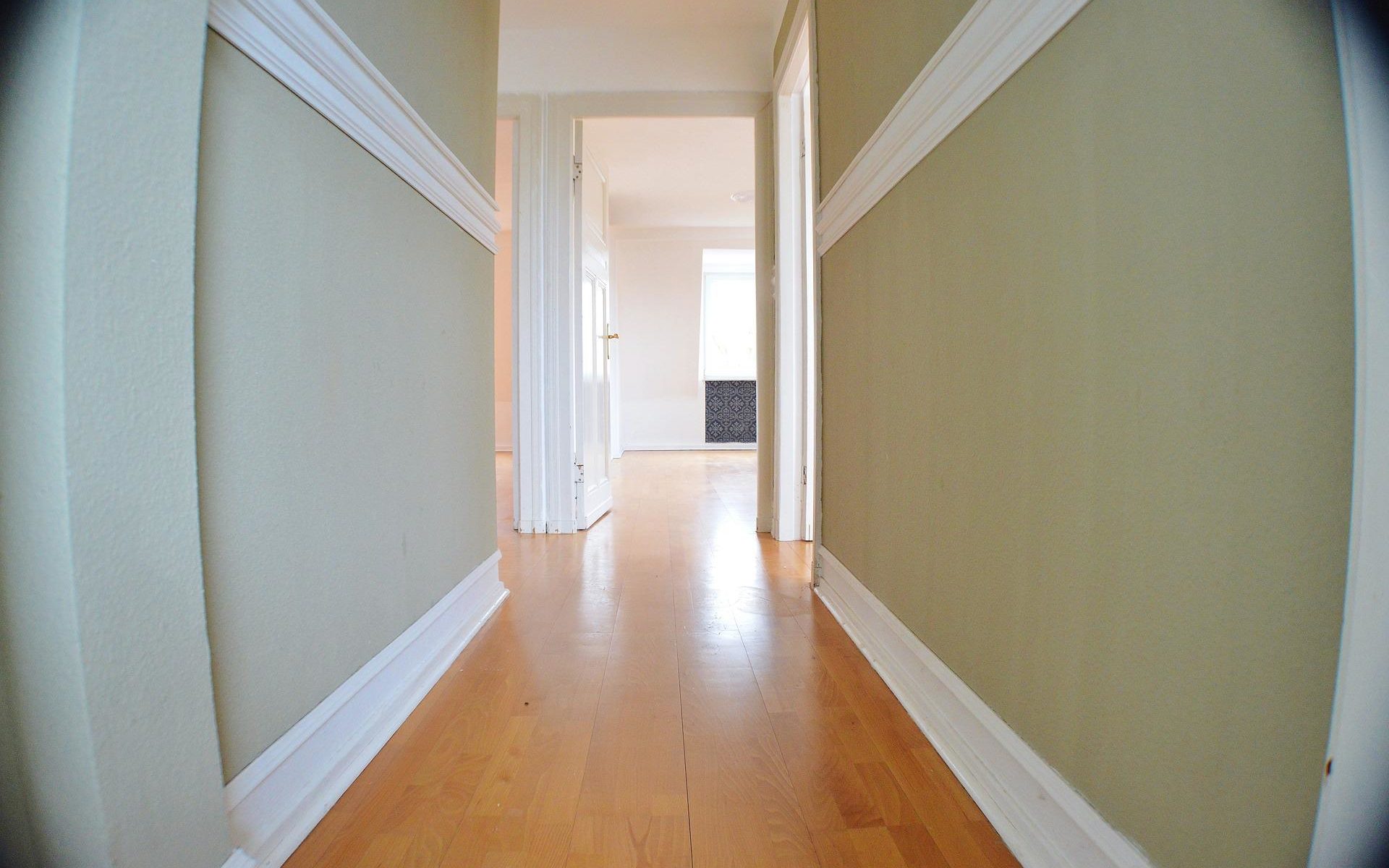Given the high rates of homelessness on the streets and the urgent calls for more affordable housing, I was surprised to see the recent news in the San Francisco Chronicle that San Francisco has 305 below-market-rate apartments sitting empty despite having ~20K applicants for those spaces. Affordable housing is available, so why isn’t it being occupied?!
However, we should start by mentioning that the overall San Francisco rental market HAS become more affordable. Rents have come down ~12% since pre-pandemic times, meaning that more individuals who were previously shut out of the rental market can now get housing. However, that doesn’t change the situation for the individuals who still cannot afford the rents. Such individuals need to rely on programs like San Francisco’s below-market-rate housing program to attain housing for their families.
San Francisco requires housing developers to reserve between 15-21% of units at below-market-rate (BMR) for individuals and families earning less than 55% of the area median income. This program is a lifeline for many low-income families and is a model for cities around the Bay Area, but getting occupants into these units is inefficient and getting worse in the current rental market. In the past, the Mayor’s Office of Housing and Community Development (MOHCD) reviewed around five applications before they filled a unit. Now, they review ~31 applications per vacancy as more people drop out of the program to get a better deal elsewhere. It is good news that more applicants can now rent elsewhere but highlights the gross inefficiencies in the review process as the MOHCD wastes time looking at out-of-date applications. A possible solution may be to enforce a penalty for applicants who don’t notify the MOHCD that they have dropped out of the pool, such as prohibiting them from re-applying for the next one or two years.
Reviewing 31 applications instead of the typical five makes an already-long review process six times longer. The review procedure for a BMR unit is much more involved and time-consuming than a simple rental application. The MOHCD office needs to verify the income of every occupant in the new unit to ascertain that they meet the income criteria. The long wait time is not just a burden for the new renters having to wait for housing but also for the building owners who may need the rental income to pay off debts.
Our inability to promptly fill all available BMR units highlights another obstacle in our quest for affordable housing – a slow-moving bureaucracy. In fact, the MOHCD has been compared to PG&E as one of the most inefficient organizations to work with. It is unfortunate that so many units are sitting empty while thousands of families are in such need. Unless the MOHCD figures out how to streamline the process to get families into these affordable units, it just looks like they don’t care.


